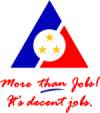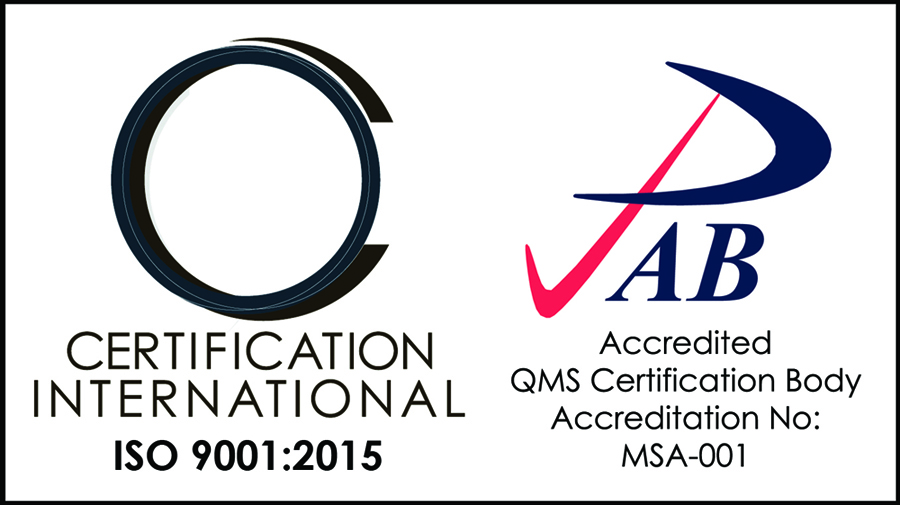Perhaps the most important contribution of the bloodletting obsession of practitioners in the medieval era is that it gave way to blood transfusion to mitigate blood loss, hence the conduct of blood donation drives.
A Drop of Kindness
“It was my first time donating blood. When the human resource unit in our company announced about the bloodletting activity, I immediately volunteered,” says Alvin Alviar, 29 years old, HR recruiter at ZC E&L Fishing.
The Zamboanga City Federation of Family Welfare Committees (ZCFFWC) held a mass bloodletting project in cooperation with the Department of Labor and Employment (DOLE), Philippine Red Cross and Zamboanga Puericulture Center.
Alviar says he decided to volunteer since it was a worthy cause knowing it will benefit many patients in the city. “My sister once got very sick and was in dire need of immediate blood transfusion but we weren’t able to find a donor for her right away. My family was put in a very difficult situation.
I don’t want other people or families to experience the same thing we experienced so in my own little way, I am doing what I can to help,” he shared.
Helping People Save Lives
“The idea of coming up with this blood drive cropped up during the federation’s 2nd quarter meeting in April 2022. We wanted private sector companies to be aware of the importance of having a program in place that will benefit the workers. In this case, we decided to highlight the medical/health care dimension of the Family Welfare Program (FWP),” says ZCFFWC president Joel Bustamante.
“Aside from that, we thought of an activity that will elicit active participation from the companies. Something that’s essential and that can help other people,” Bustamante continued.
Indeed, the undertaking garnered much support from the member companies of the ZCFFWC. Bustamante reported that more than 300 workers from various private companies in Zamboanga City and medical volunteers crowded the East Wing basement of KCC Mall de Zamboanga on August 16, 2022 in hopes of donating 450cc of their blood.
Joan A. Luna, donor recruitment officer and head of the Red Cross delegation is overwhelmed by the huge number of people who responded to the cause.
“We did not expect so many donors to arrive at the venue. Out of the 248 donors that were willing to donate, 172 units were collected for a total volume of 77, 400cc blood collected,” she said.
“Of all the bloodletting drives conducted in the city, this latest one has the biggest contribution to the blood bank since the pandemic. So I suggested to the ZCFFWC to maintain this activity since it has a huge impact – it can save lives,” says Bustamante.
Emely Agan, 35 years old, a factory worker of Universal Canning Incorporated, says she regularly donates blood just as her father did.
“I was able to donate blood for an uncle of a friend who was really in need. Seeing the impact of blood donation in other people’s lives, I am compelled to donate regularly,” Agan shared.
When asked if she was willing to donate again in the future, she confidently said yes.
Family Welfare Program in action
DOLE regional director Atty. Roy L. Buenafe commended the ZCFFWC for a successful pursuit under the FWP.
He explains that the FWP seeks to introduce the concept of promoting the welfare of workers and their families as a key to workplace productivity and improved worker-management relations.
It is an advocacy program that draws corporate support in promoting workers’ quality of life by adopting a family centered approach in the workplace.
In other words, it helps companies make workers and their families happy. As the adage goes, a happy worker is a more productive worker.
Companies may integrate the following dimensions as part of their initiatives to maintain “happy” workers: Reproductive Health and Responsible Parenthood, Education/Gender Equality, Spirituality or Value Formation, Income Generation/Livelihood/Cooperative, Medical Health Care, Nutrition, Environment Protection, hygiene and Sanitation, Sports and Leisure, Housing and Transportation.
“DOLE continuously orients establishments on the FWP and provides them with technical assistance on how to set up a family welfare committee in the workplace. This committee is composed of management representatives, labor representatives and plant clinic representatives to come up with initiatives related to the FWP,” Buenafe explains.
To learn more about the program, visit our website www.dole9portal.com or schedule an appointment with our Family Welfare Program focal persons in a DOLE Field Office near you. ◾ (KCG)

